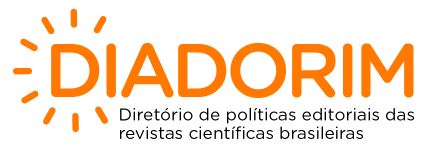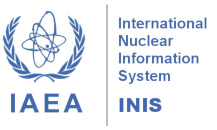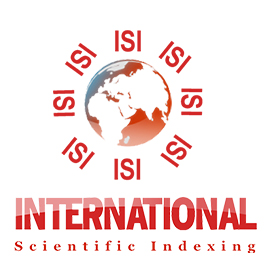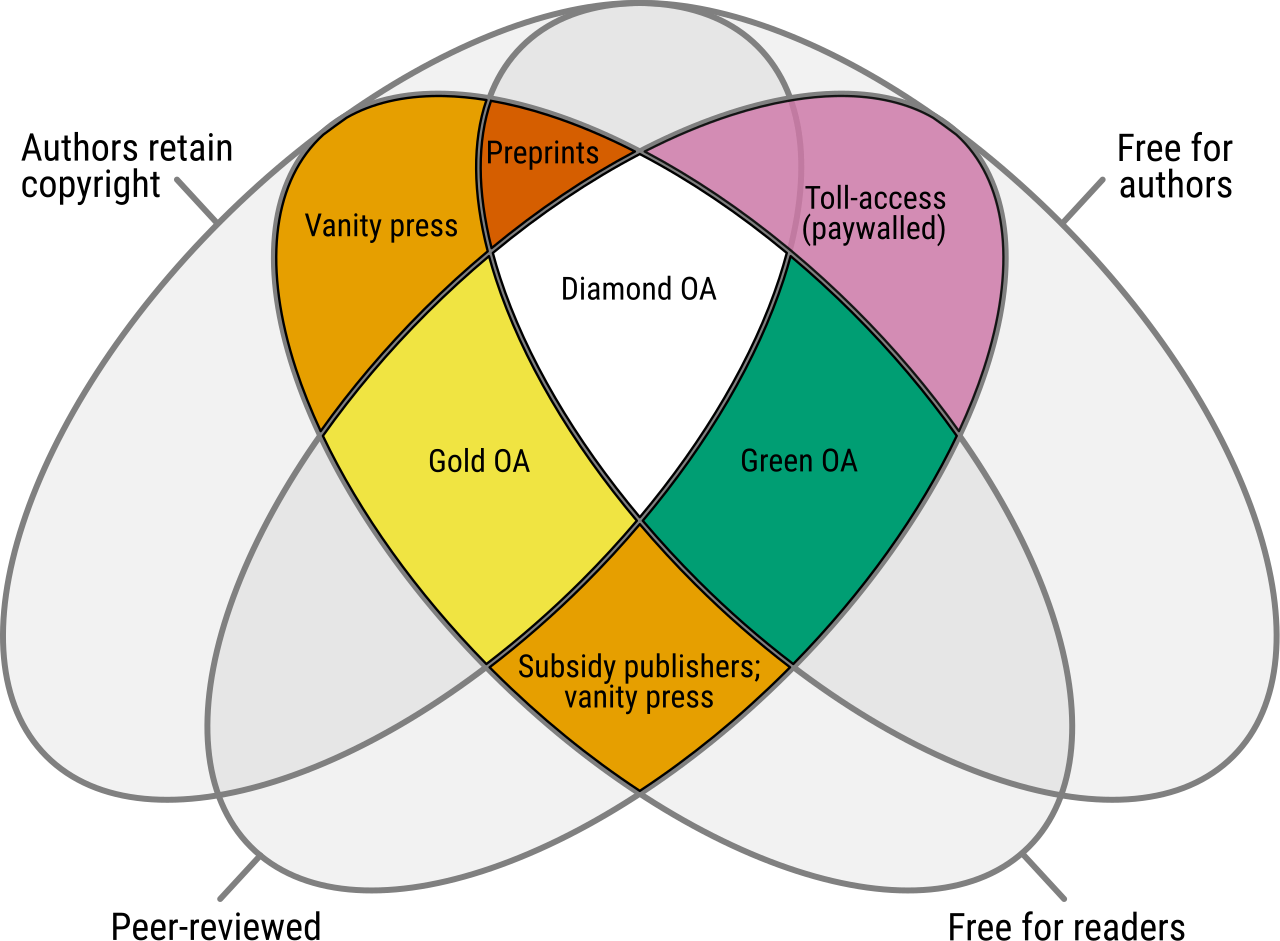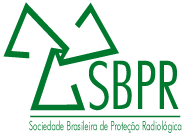New article published: V. 13 n. 3 (2025)
Optimization of Flight Parameters for Gamma Radiation Detection and Mapping Using Drones
Abstract: The application of drones in radiometric surveys has emerged as a promising solution, particularly for mapping radiation in areas that are difficult to access. This approach enables the creation of detailed distribution maps. However, the accuracy of the results is strongly influenced by the chosen flight strategy. This study explores how different flight parameters, such as speed and grid spacing, impact the quality of gamma radiation mapping, aiming to optimize the trade-off between measurement precision and operational efficiency, such as flight time and mapping coverage. To achieve this, two experimental flights were conducted using a drone equipped with a Geiger-Müller detector, with a Cs-137 source serving as a reference. The methodology involved continuous radiation measurements during flight, with data collected at predetermined points arranged in a structured grid, via GPS coordinates. This setup facilitated the development of a three-dimensional representation of the gamma dose distribution. By comparing the results of both flights, each configured with distinct operational settings, it was possible to evaluate the impact of flight parameters on the effectiveness of radiometric detection of dose rate distribution using drones. The results suggest that dose rate mapping tends to achieve higher resolution when lower flight speeds are adopted and when data collection points are more densely distributed across the surveyed area. Read full article.




